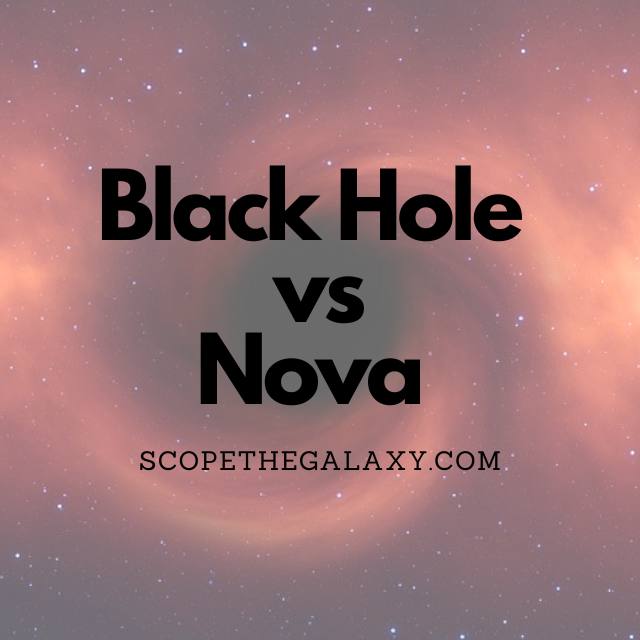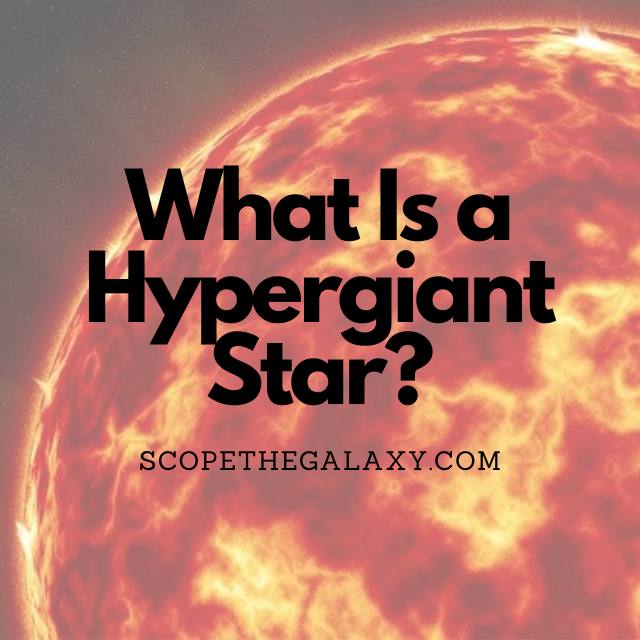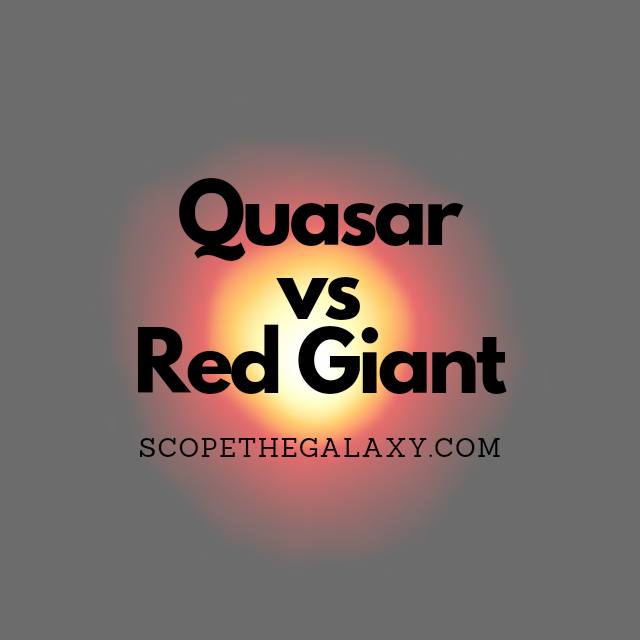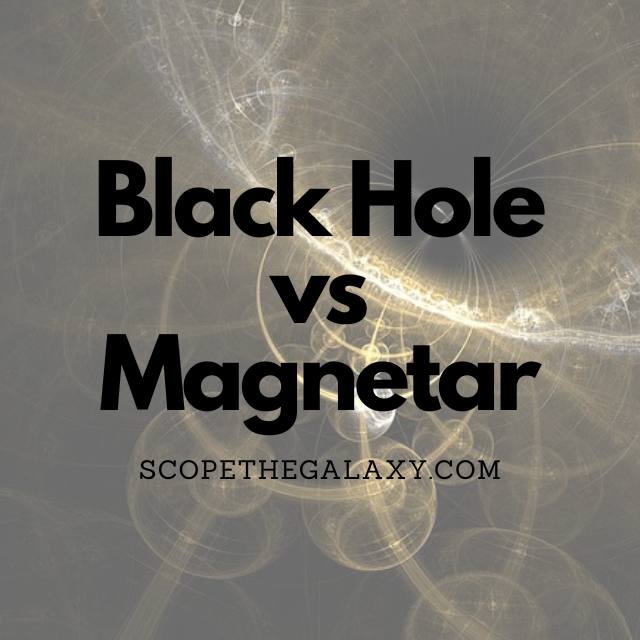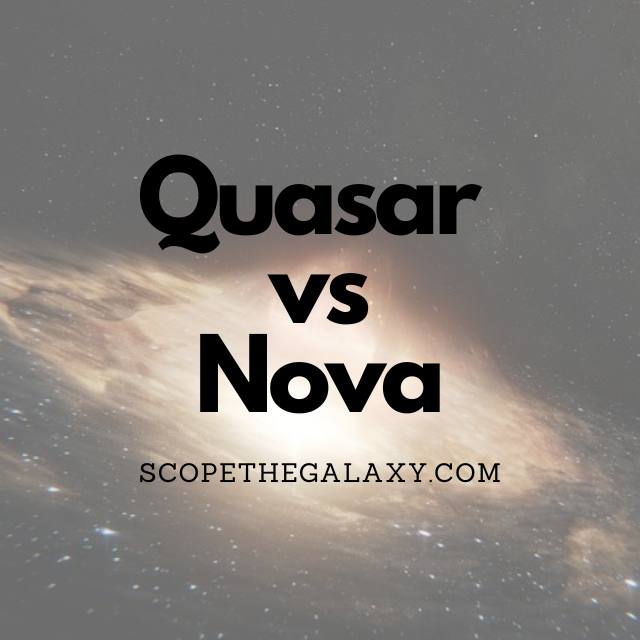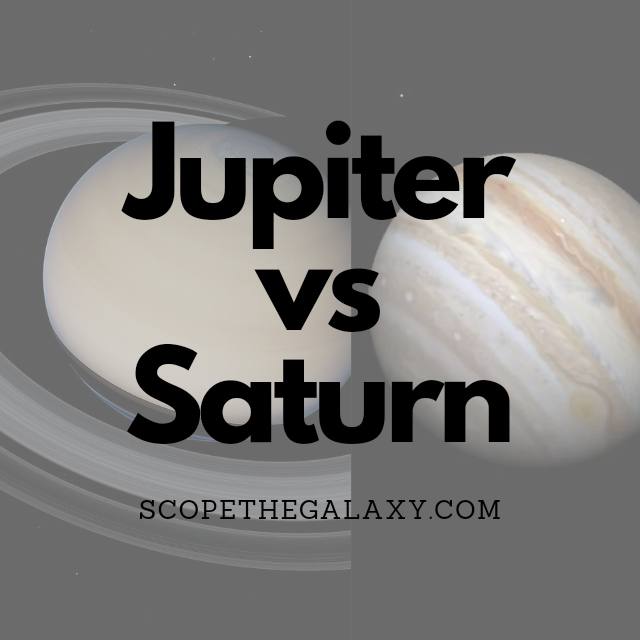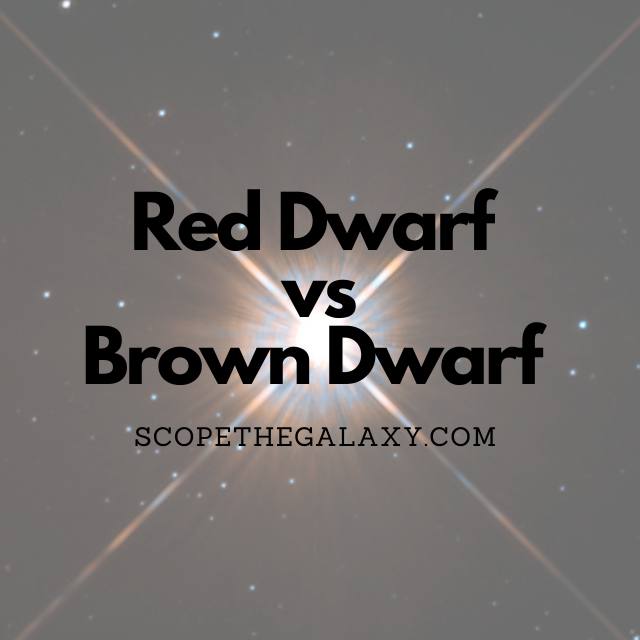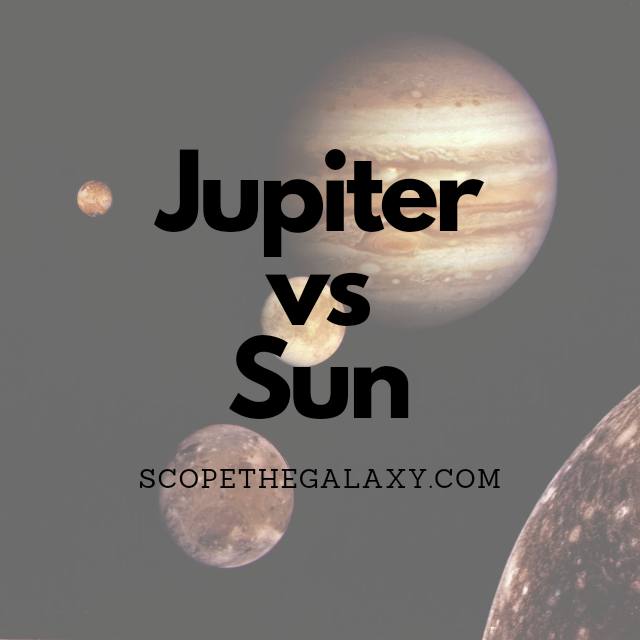Black Hole vs Nova (How Are They Different?)
Black holes form when a large star goes supernova and collapses into itself, producing an entity so dark and dense that no light can escape it. On the other hand, nova explosions transpire on the surface of white dwarfs that has consume an excess amount of resources from it’s red giant binary star, creating a … Read more

